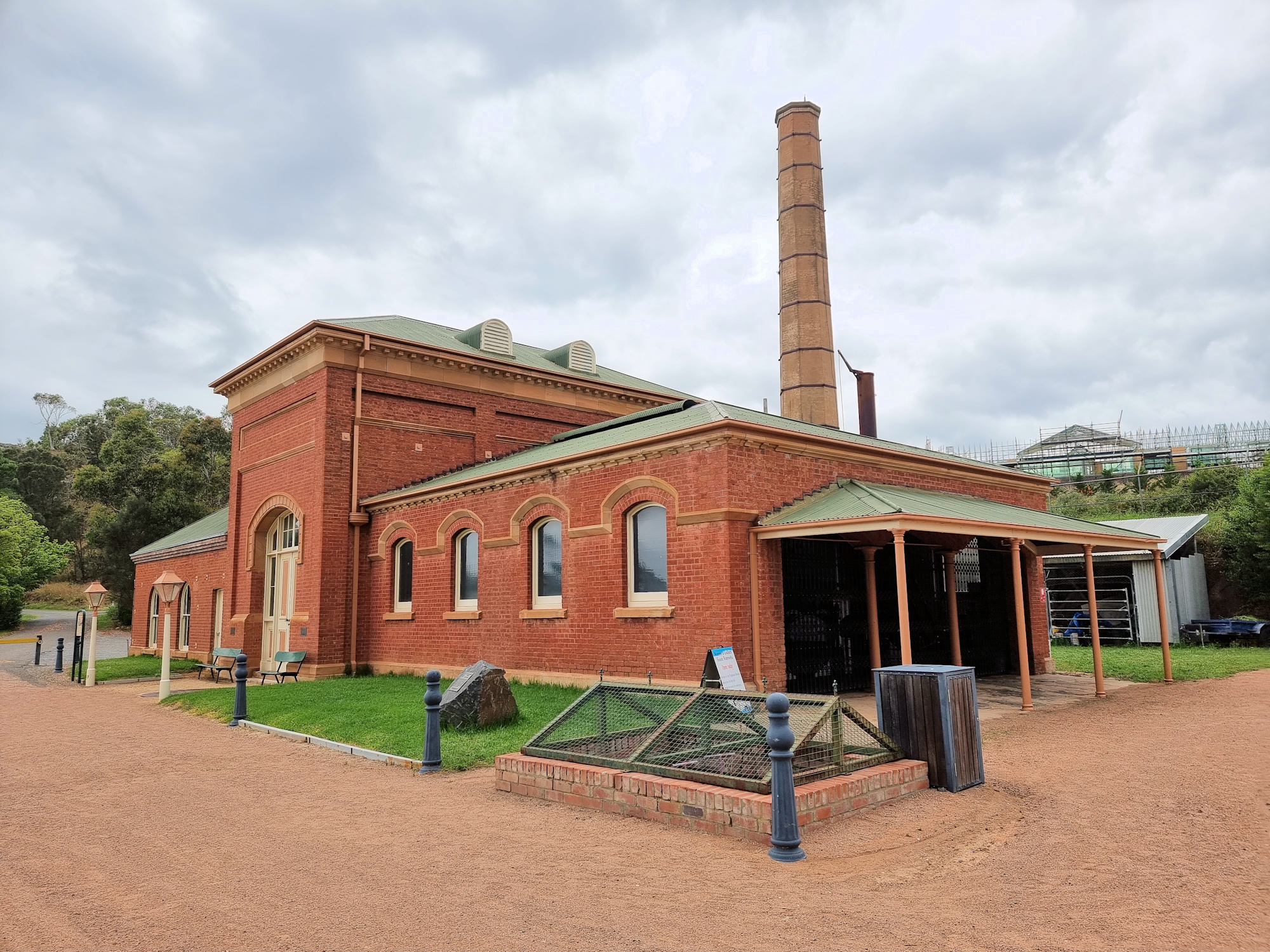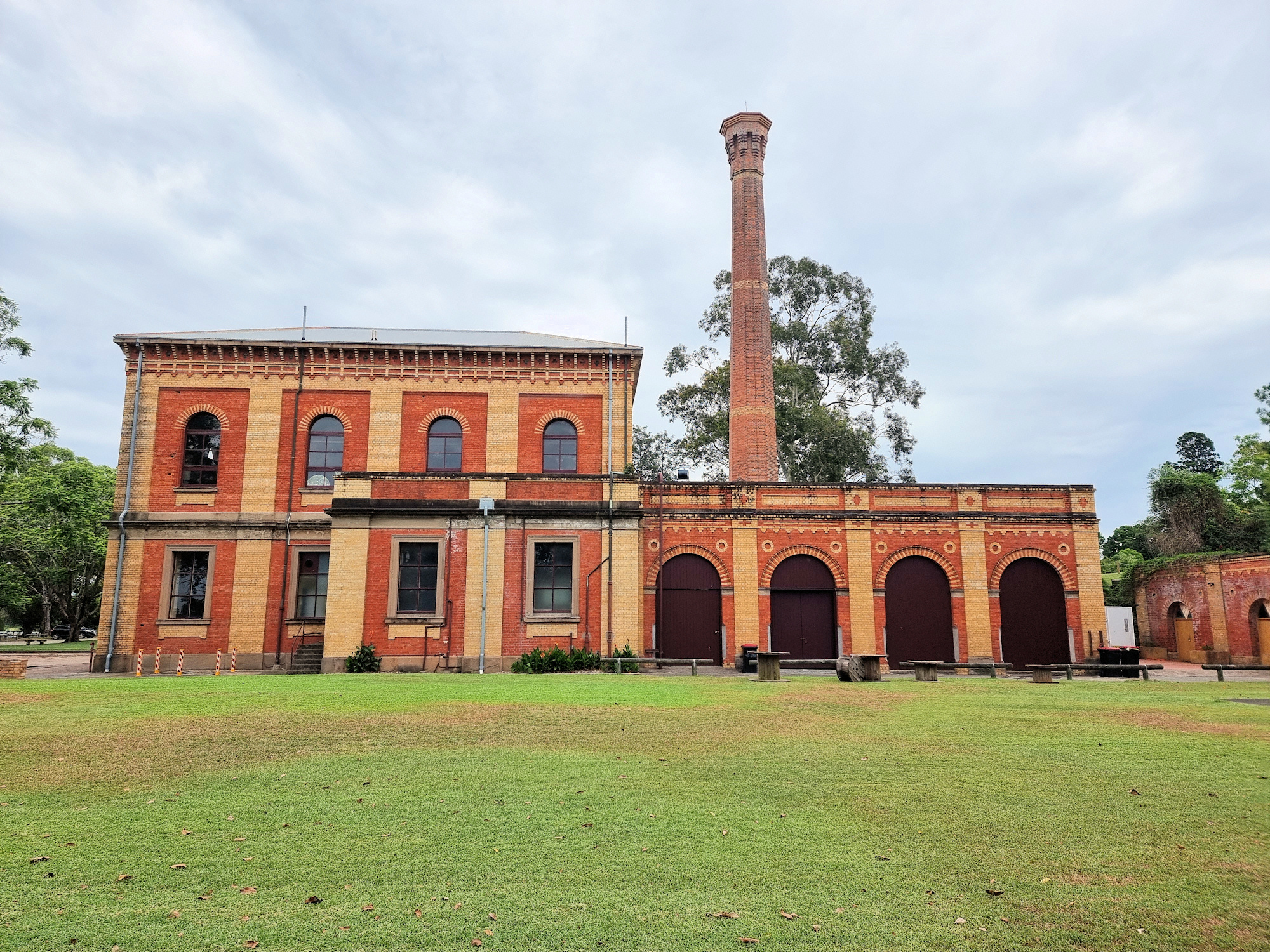Tag: Pump House
-
Goulburn Waterworks

Goulburn Waterworks Located at Marsden Weir on the Wollondilly River, Goulburn Waterworks is another great attraction to visit in Goulburn. One of four pump-houses built at the same time, the Goulburn Waterworks is the only one with its original pumps. Unfortunately, the other three were sold for scrap Intending to simply walk around the beautiful… Read more
-
Walka Water Works Maitland

Walka Water Works Maitland Once the main water supply for the Lower Hunter Valley, the Walka Water Works at Maitland is now a public reserve. With free public access, it has barbecues, picnics areas, a playground, walking trails and a 7 1/4-inch gauge miniature railway that operates passenger rides each Sunday. History of the Water Works… Read more